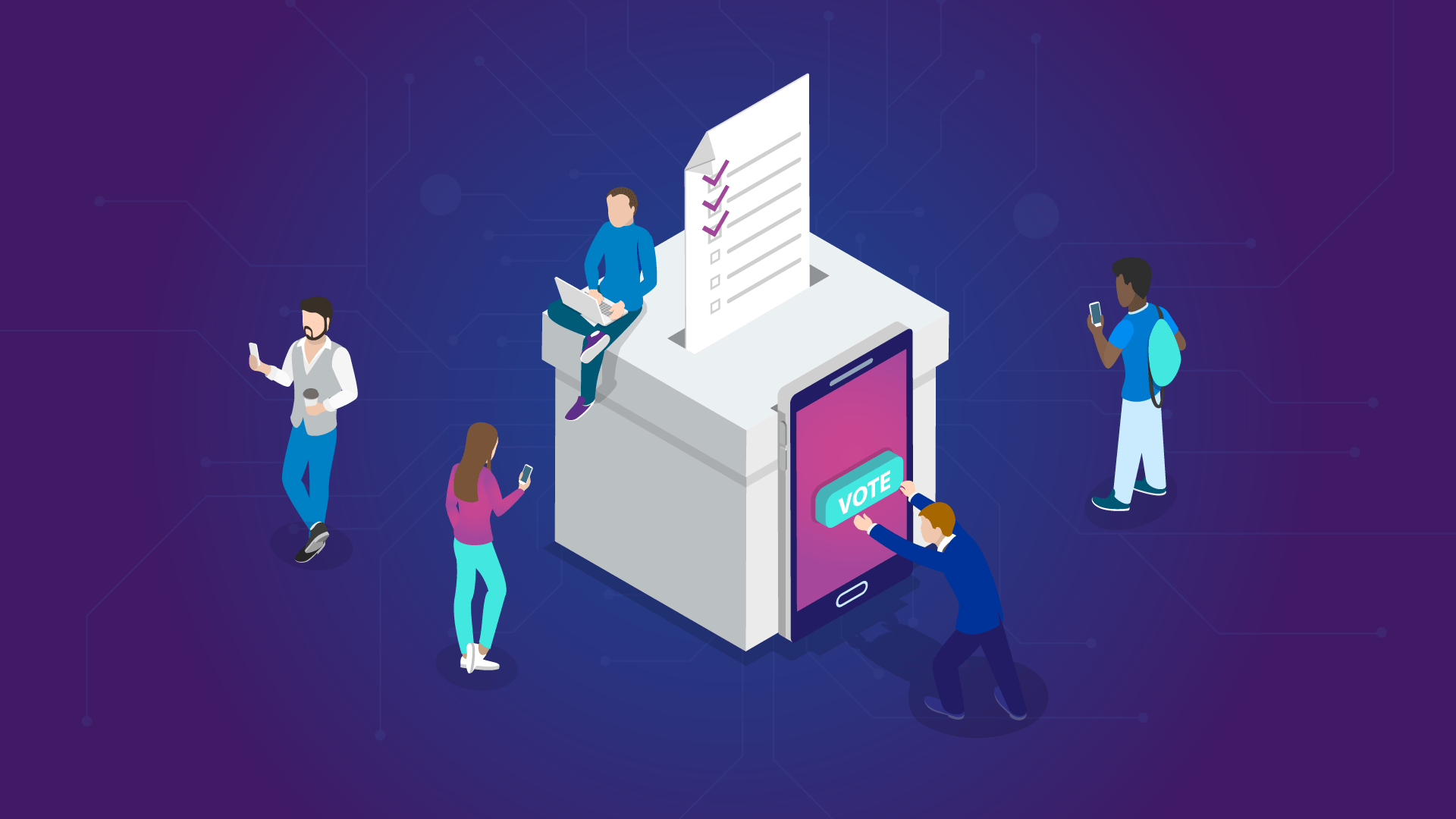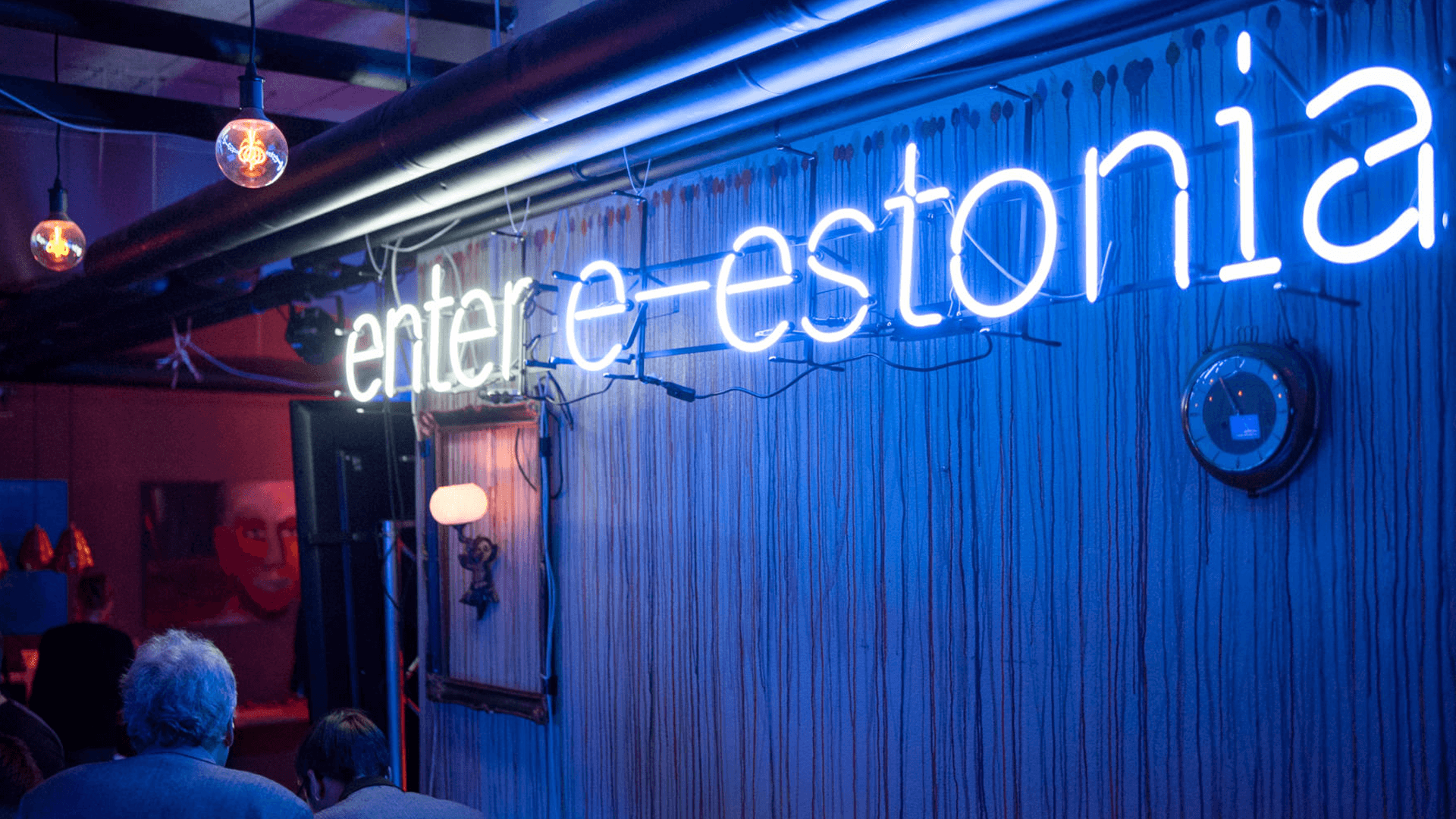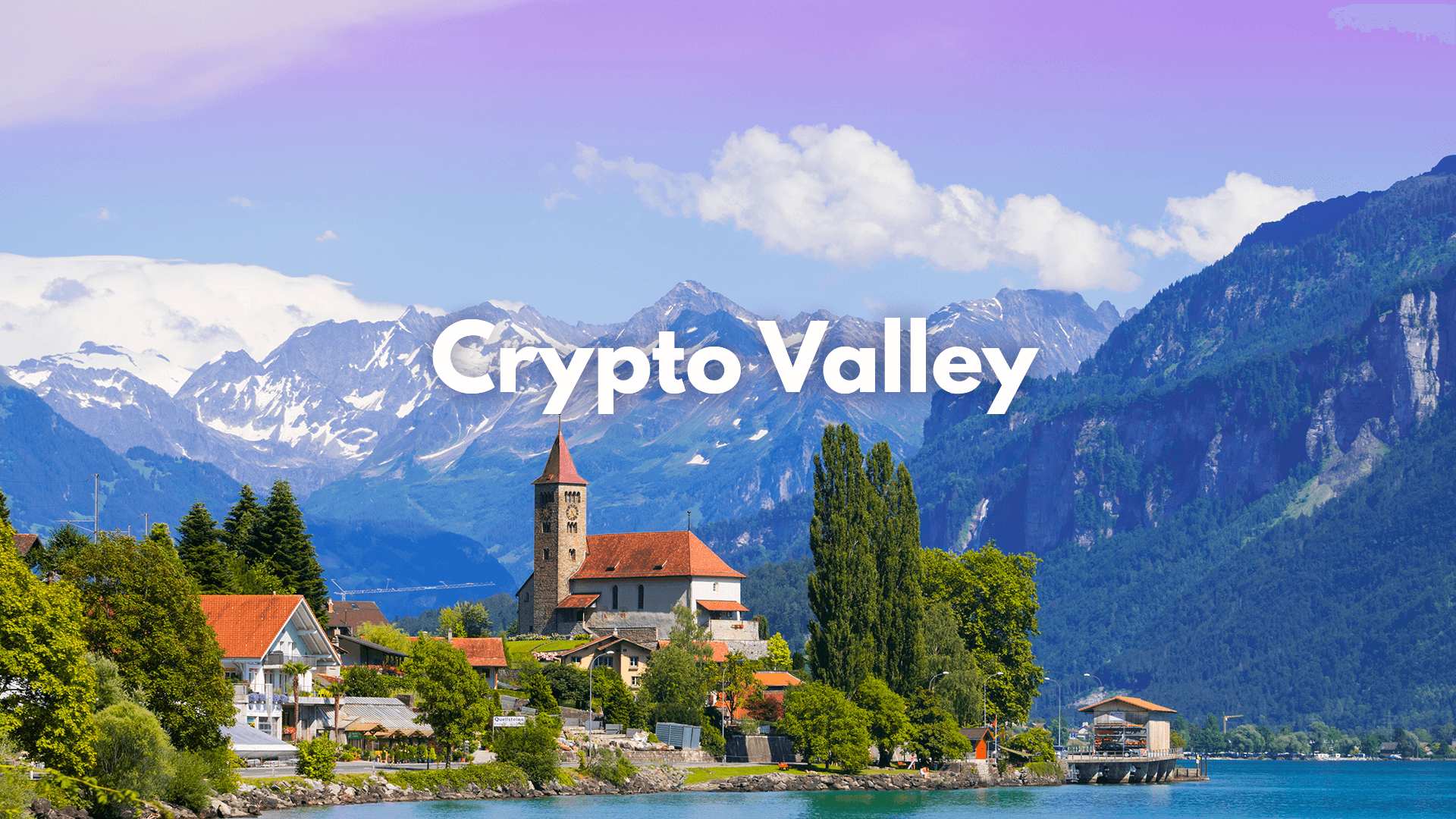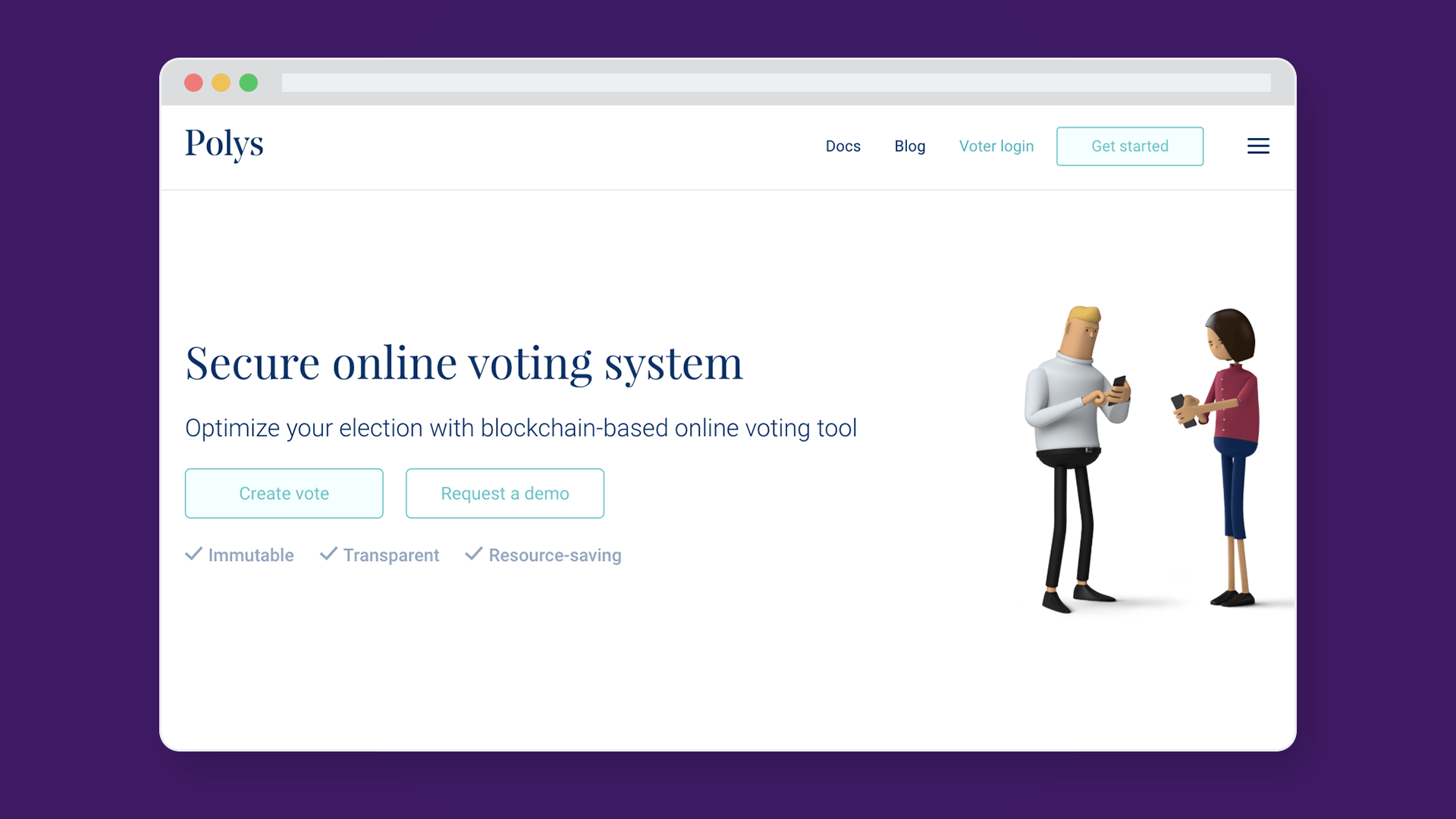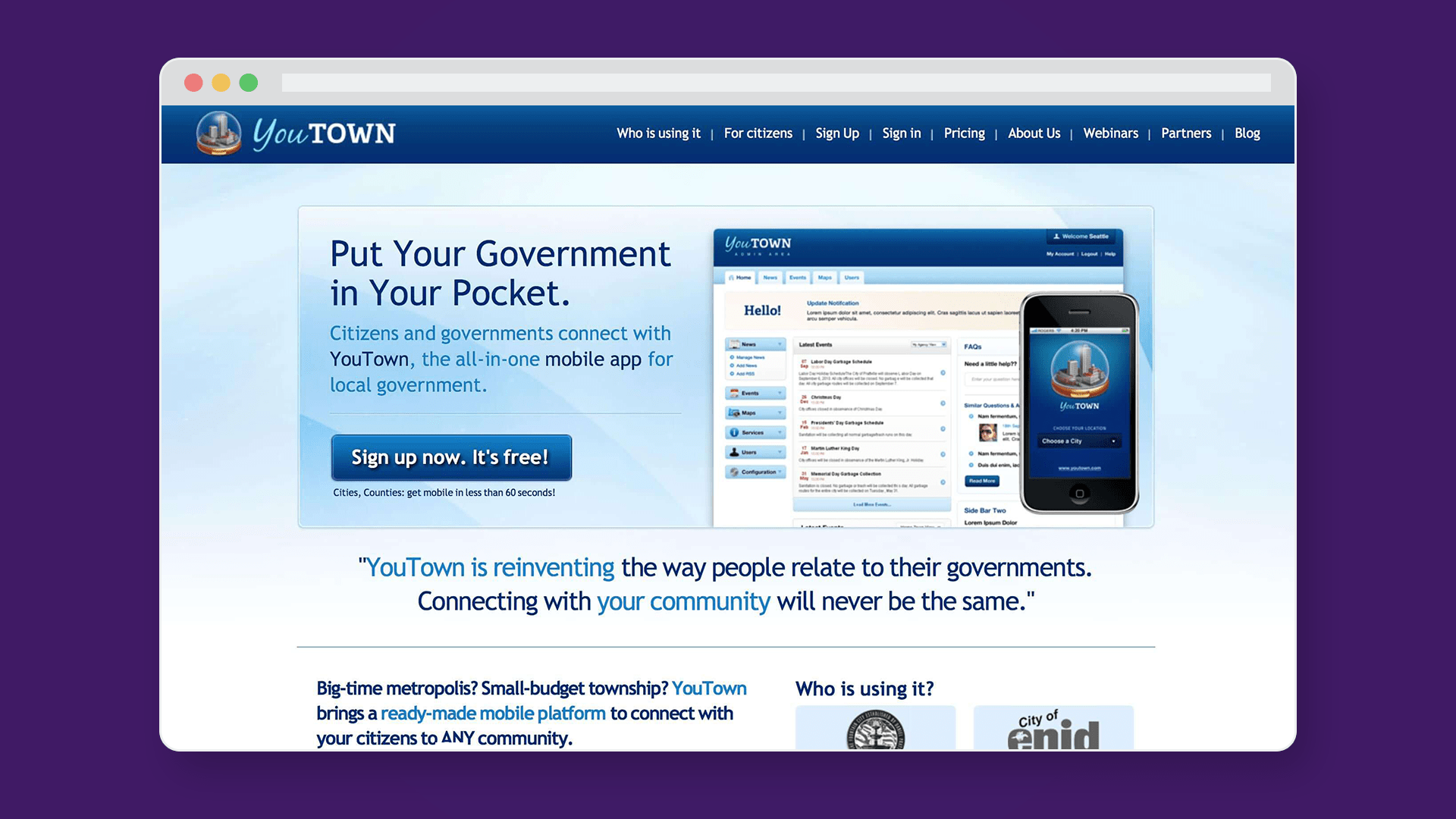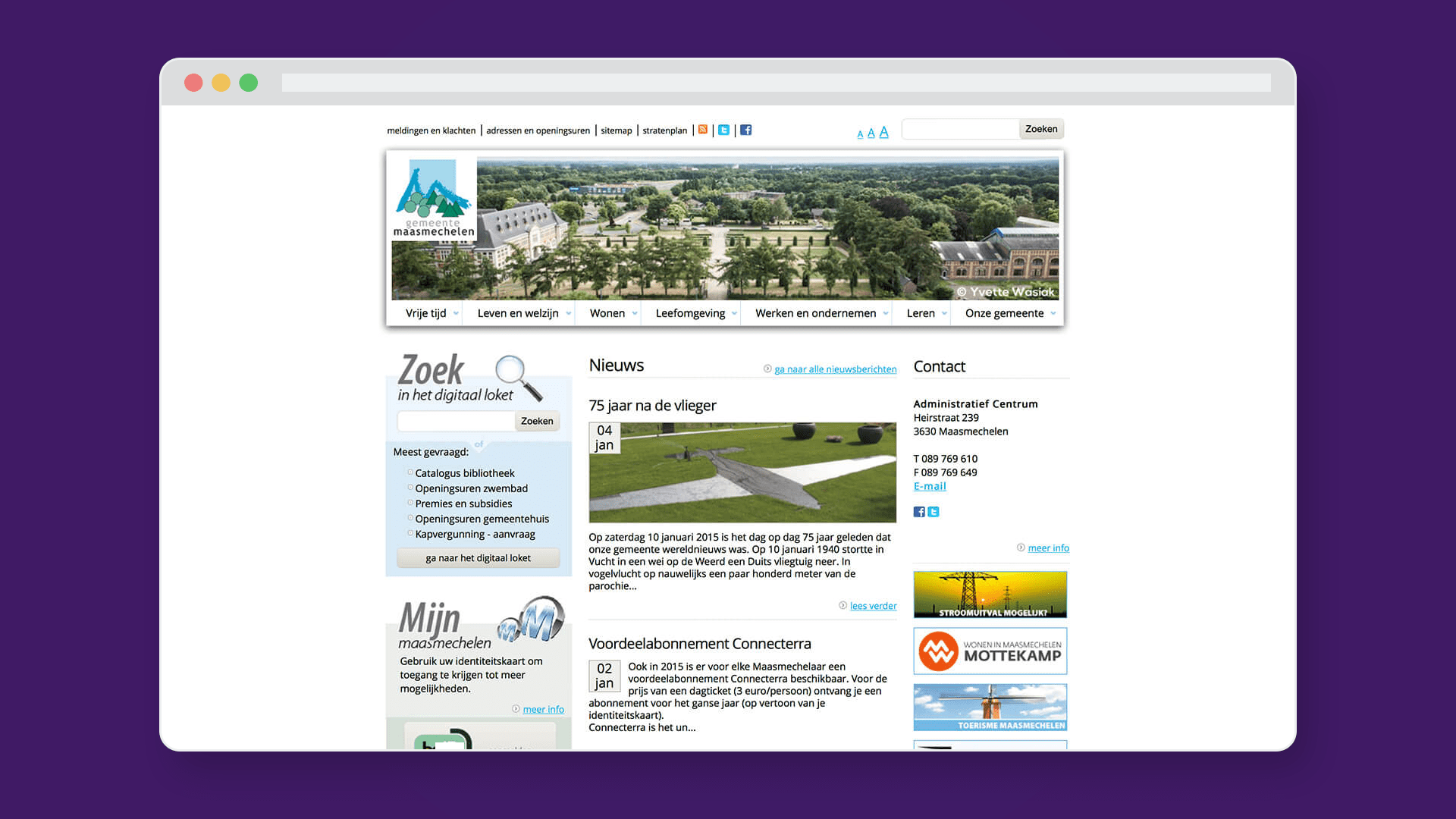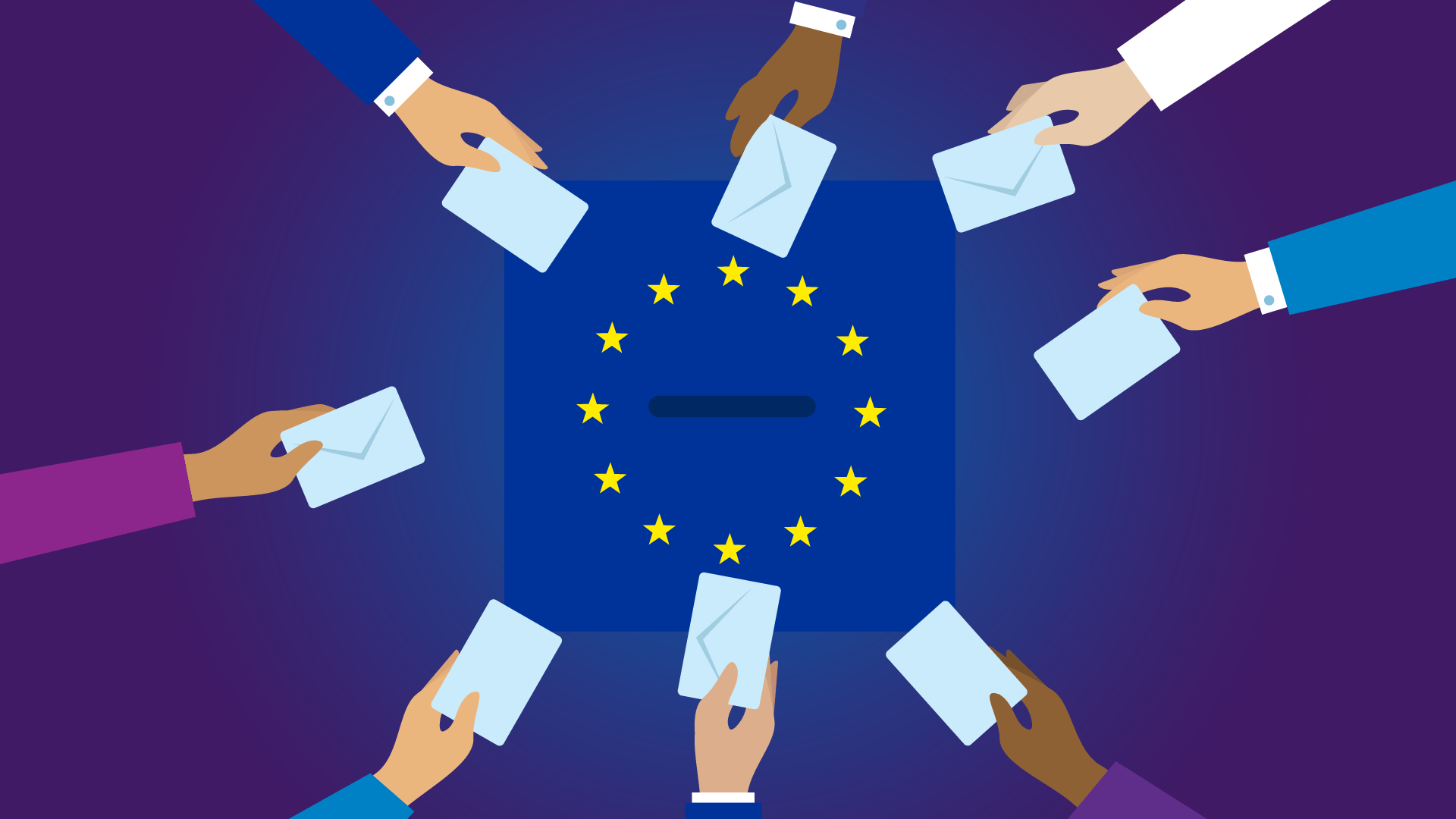We live in a time when almost everything can be done on the Internet: communication, shopping, watching movies, playing games, learning, and working. But there is still a long way to go. To register a marriage, vote in elections, or inherit, we still have to spend time and energy on personal visits to various institutions.
All of it can be done online, and that is what the electronic government is about. It is a way of creating a country inside the Internet: online elections, documents processing, complaints filing. Although the term is dubbed e-government, not only the government enters the Internet, but also documents control along with the judicial system. It is an electronic state in a pocket.
In this article, we’ll look through different tech solutions helping democracy to rise up around the globe, and also about Redwerk experience in e-Government development.
Why E-Government?
There is so much buzz around e-government that it has even got a tv-show mention in Billions series where the mobile voting happened thanks to blockchain technology. Let’s try to figure out what that is.
E-government is the most effective way of uniting the state with the citizens using information technologies. It works in a simple scheme:
Higher Digitization → Higher Government Effectiveness
The benefits of e-government are hard to deny. Some of them are:
- increased efficiency of public administration
- the convenience of public services
- digital transactions are 50 times cheaper than face-to-face ones
- reduced impact of geographic location
- branches of government work optimization
- government agencies transparency
- reduced corruption
But those benefits come from services e-government implies. And they are:
- sites of state bodies
- portals of public services and public procurement
- online payment of public services
- electronic document management systems and electronic archives
- systems for processing applications of citizens, contact centers
- systems for the exchange of electronic documents between government agencies and other organizations, etc
Those services, in turn, allow online:
- registration of new companies and other entities
- tax administration
- the solution of customs issues
- medical services
- security assurance
- address change
- registration in educational institutions
- registration of vehicles
- registration of birth, death, marriage
- police documentation and payment of fines
- obtaining building permits and carrying out various types of work
Digital government aims to modernize public administrative functions, increase the mobility of citizens and businesses in cross-border operations, allow open data, and enhance digital interaction between different parties.
But one of the most significant task e-government faces is to improve the notorious process of elections. Luckily, the technology for it is already here.
Fair Elections on Blockchain as the Biggest E-Government Trend
Fair elections imply a fair voting process. And blockchain is a great option of achieving this goal. The question is: how exactly?
The Estonian Way
Estonia is far ahead of the most majority of countries when it comes to the implementation of blockchain technology in public services delivery: 99% of its public services are available online 24/7. You can reach your state through your phone.
One huge opportunity Estonia has provided is the i-Voting system that allows citizens to vote from any place in the world with any Internet-connected device. To make it a reality, the state offered its residents a unique, secure digital identification option called e-identity via:
- ID-card
- Mobile-ID
- Smart-ID
For those who have it (44%), the voting process takes only two steps: 1) Logging onto the system and 2) Casting a ballot. The ballot now has to reach the National Electoral Commission for counting. But not before the anonymity of the voter is ensured. For that purpose, the identity of a person is removed from the ballot before it reaches the NEC.
Sadly, anonymity doesn’t rule out the possibility of people being forced or bought to vote for someone. Although the issue seems significant, Estonia has come up with a pretty simple solution for it. They allow each person an unlimited amount of votes during the pre-voting period. The catch is that each vote cancels out the last one, which means a voter has the power of changing the vote later on.
Although those who don’t have a smartphone still use traditional postal ballots at the polling station, i-Voting has allowed saving 11,000 working days in the last Estonian elections. Juvien Galano from Tallinn University of Technology claims:
“The 2019 Parliamentary Elections yielded 247,232 votes electronically out of a total 565,028 votes. This is a 40% increase from the previous election.”
And it’s only one of the advantages of online voting. There is more:
- The ability to vote from anywhere in the world having just Internet access
- No chance for third parties to influence the voting process
- No votes canceled due to spoiled ballots
- Much less time needed
But Estonia did not stop there. It is now going across borders, offering digital society benefits to global citizens via e-Residency program that allows:
- Establishing and managing a business online from anywhere in the world
- Establishing a company online in a single day
- Remotely managing the established company online
- Secure e-banking
- Accessing international payment service providers
- Signing and transmitting documents online
- Declaration of Estonian taxes online
Being the members of Estonian e-residency program, we enjoy all of those perks at Redwerk.
Switzerland blockchain voting
Being the home of Ethereum Foundation, Switzerland could not help but become one of the most famous adopters of blockchain technology in the world. It allows voting with one-time ID-cards citizens receive at the post office. The card contains a unique number and a secret code hidden under a protective layer. The voter enters the card number on the voting site, selects the option, erases the protective layer, and enters the secret code. Later, the vote is decoded and automatically counted.
Russian blockchain elections
Russia has developed its online voting system based on blockchain called Polys. It is an open-source system that uses mathematical algorithms that hide the intermediate result of the vote and encrypt them. The system has been used for the elections to student organizations and in the primaries of the candidate for mayor of Moscow in the Yabloko party.
West Virginia mobile voting app
The USA is a huge player in the field of blockchain technology. Its latest move was the launch of a pilot project for blockchain-based mobile voting application in West Virginia. Now, the US government is eager to launch it in all the state during the midterm election. The app could also largely benefit the military who would be able to vote from afar.
The common goal all those countries strive to achieve is allowing people to vote directly, reducing corruption and increasing a sense of political participation in people. And that is what leads us to liquid democracy.
Liquid Democracy — the Democracy E-Government Aspires to Build
Liquid democracy means that people have full decisional control on issues directly or delegate this power to others to decide on their behalf. Ultimately, delegation is the primary feature of liquid democracy: you can delegate your voting power to different experts/representatives in different domains.
The ability to choose to vote on issues directly or delegating this power to someone else makes liquid democracy a hybrid of direct and representative democracies.
That is why Liquid Democracy:
- is truly democratic
- has a low entry barrier
- is cooperative, not competitive
- raises responsibility
- allows minorities representation
- leads to better decisions
- allows scalability
To understand what exactly liquid democracy means, let’s answer one of the most common questions that arise about it.
How does it differ from the commonly utilized representative democracy?
Representative democracy implies that people elect a circle of officials who vote on all matters. That is why most representative democracies entail the existence of political parties. The flaw of this concept is that the people who rise to power are not necessarily the most qualified ones.
Another issue is that politicians are usually seen as the social elite that has different interests than the citizens. Such difference results in a gap between the authorities and the people, making the latter feel powerless.
Liquid democracy allows eliminating those problems. It allows people to have their voice and have the power to vote on issues themselves or pass this power to someone they trust.
Where did liquid democracy come from?
It originated back in 2009 from an open-source software called LiquidFeedback, created for proposition development and decision making. Its goal was exactly the implementation of Liquid Democracy, which was only a vague concept at that time. The developers of LiquidFeedback stumbled upon the idea of Liquid Democracy during the Pirate party movement in Germany.
Ten years later, liquid democracy is still a fairly new concept, but modern breakthrough technology is the key to its further development. And blockchain is a great example of such. It allows decentralized storage of information with no possibility of changing or deleting it. Those features ensure the prevention of corruption, allowing fair elections.
Where does it currently work?
Liquid democracy is still a novelty for most countries, but not for Germany, Austria, France, Italy, Norway, and the Netherlands that have already started to apply it in some forms. Political parties of those countries are currently using Liquid Feedback (that is now powered by blockchain) to receive feedback on issues from citizens.
Another example of liquid democracy implementation in Belgium. Its political party is now using an online discussion space Get Opinionated on GitHub. Besides that, there is one e-government solutions provider that is used in both Belgium and the Netherlands. It’s called Green Valley BV, and Redwerk is proud to say we had to do with it. But not only.
Redwerk Experience with E-Government
Redwerk team has been assisting e-government solutions providers in Europe and the US for ten years. Our experience covers the development of tools and software applications for the public sector with the purpose to change the way citizens interact with their local authorities. Here are some cases to present our work in this field.
YouTown
YouTown is a mobile app Redwerk team has developed for Gov 2.0 start-up company. The company is on a mission to offer tools and applications that enhance the interaction of the citizens and the government.
Our developers have built the system’s backend to crawl multiple authority websites and present the collected data visually via the YouTown app.
YouTown enables the users to access the most recent updates from their local governments: city services, bids & proposals solicitations, jobs, licensing and fees, maps of local points of interest, events and meetings, recent news and calendar.
Web Intake
Web Intake is a system that allows converting a static webpage into a dynamic interface. It has become a single transparent mechanism for interaction between the state and the citizens.
Our experience in creating products from scratch has made it possible for Web Intake to meets all governmental standards. The system provides:
- easy-to-use web user interface
- advanced message acquisition
- rule-based engine
All that is to allow government authorities to organize their clerks’ workload effectively. In collaboration with already mentioned Green Valley, Redwerk helped with the system’s architecture, message processing routines, setup package, and web UI.
EUREL EUGI
EUREL EUGI is a platform that creates computer systems for Public Administration. One of its users is the European Parliament.
Redwerk had a task of updating part of this platform, concentrating on quality assurance, integration, deployment, and bug fixing. Our team also had to migrate a legacy JBoss-based application to a modern, low-maintenance Spring/Tomcat-based one.
And finally
In today’s society, e-government and liquid democracy interlinking are exactly what people need. And the technology for its implementation is already out there. The only missing element is effort.
Unfortunately, governments and public service providers are usually not proactive when it comes to the adoption of modern technologies. That is why e-government and liquid democracy are still so hardly achievable. At present, only digitally evolving governments like Estonian seem to move forward in this direction. Hopefully, other countries will see the benefits of a digitally-enhanced democracy and will follow a good example. And we in Redwerk are always ready to assist in implementing e-government solutions of any complexity.
